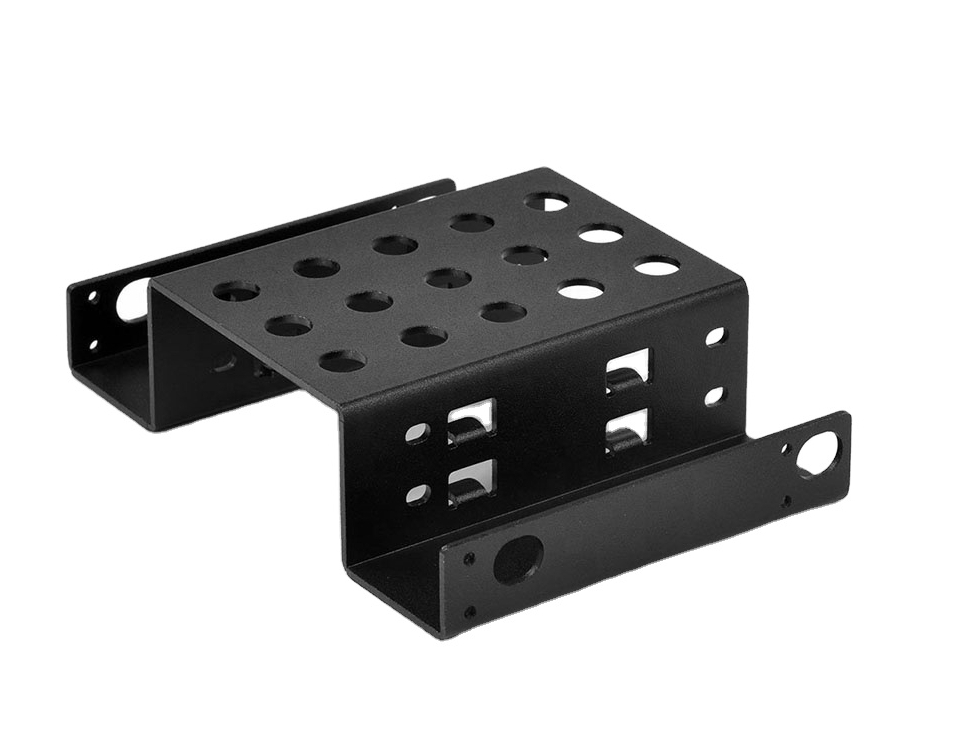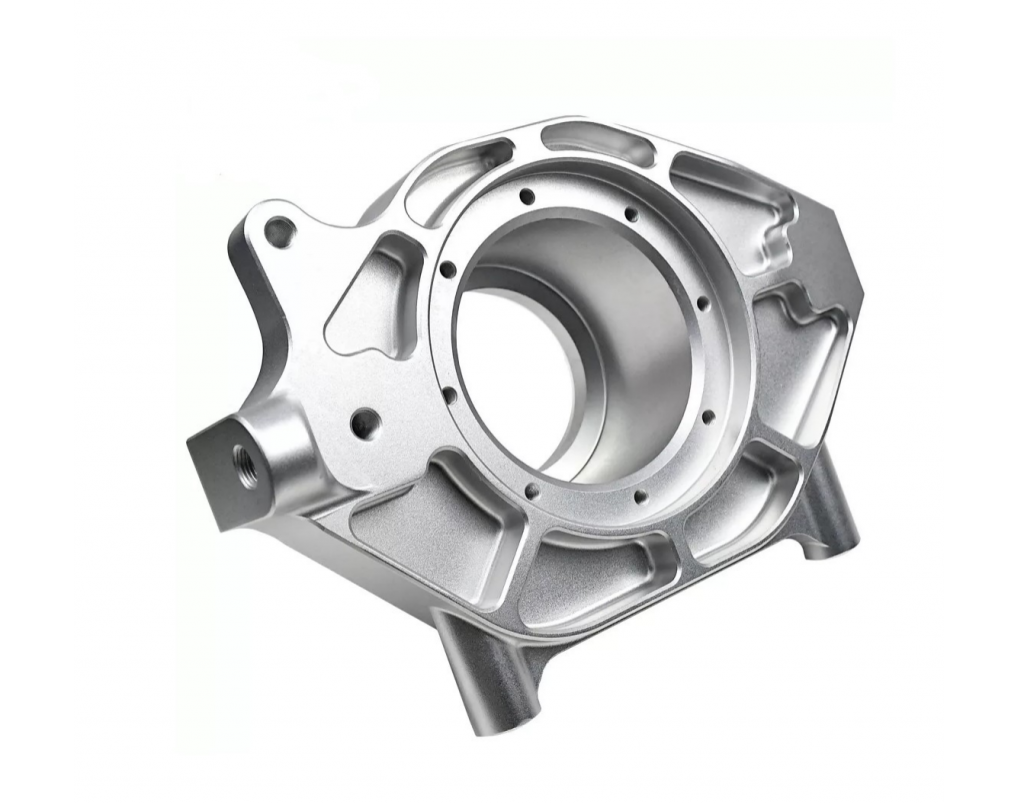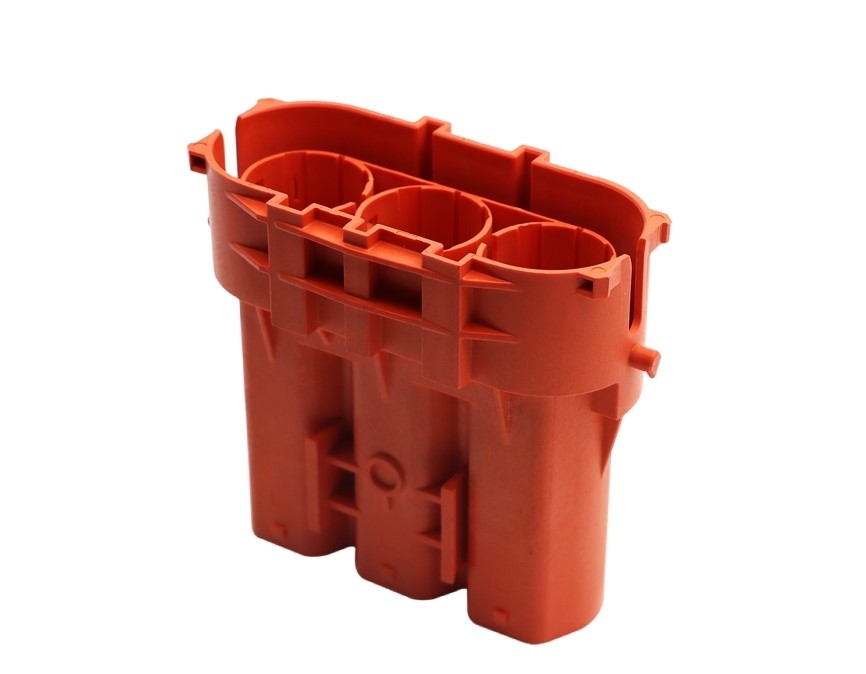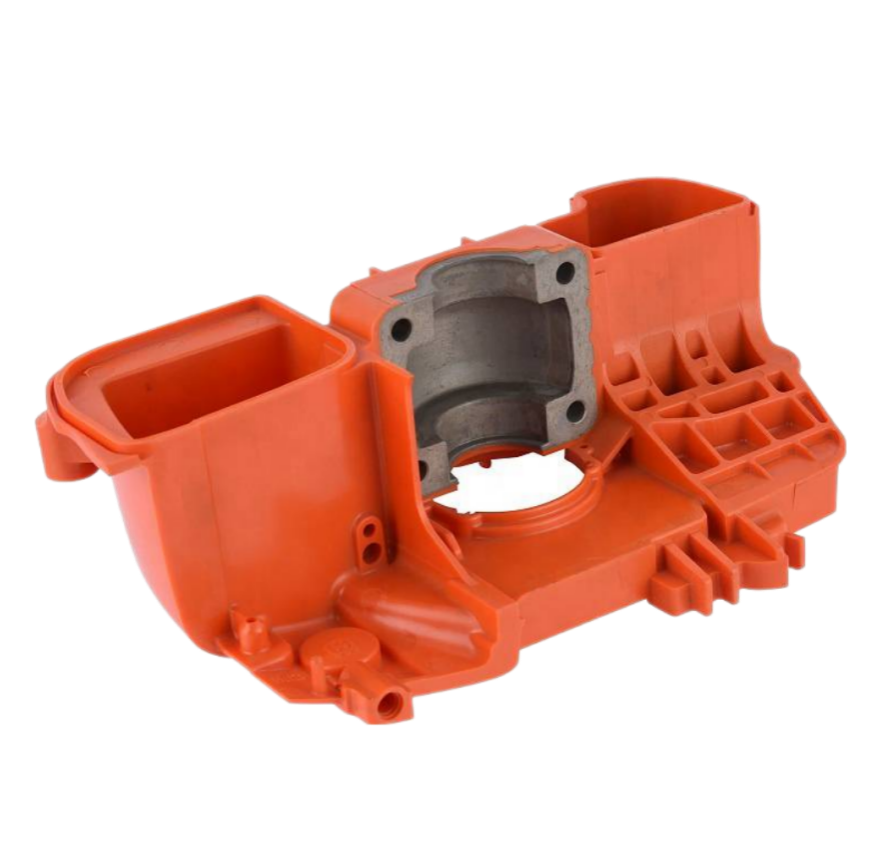
Electronics
Naxtry's expertise in CNC machining, sheet metal fabrication, and injection molding spans across various industries, including aerospace, automotive, industrial, electronics, medical, and robotics.
> 3-Day Lightning Delivery
> North America’s Top 10 One-stop Solutions
> 75+ Choices of Materials
Electronics
Naxtry provides CNC machining, sheet metal fabrication, and injection molding services for the electronics industry. These services are used to create various parts for electronic devices, such as casings, connectors, heat sinks, and other components.
CNC Machining in Electronics
CNC machining plays a vital role in the electronics industry, providing precise and accurate parts for various electronic devices. CNC machines can produce small and intricate parts that are essential for electronics, such as circuit boards, connectors, and enclosures.
CNC machining is used in the production of circuit boards, where the machines are programmed to create precise cuts and drill holes with high accuracy. This process ensures that the circuit board will function correctly and have the required electrical connections. CNC machines can also produce connectors used in electronics, such as USB connectors, HDMI connectors, and audio jacks. The connectors must have precise dimensions to ensure they fit perfectly with other components.
Enclosures for electronic devices are another area where CNC machining is used. Enclosures need to be precise to house and protect the delicate electronic components inside. CNC machines can produce enclosures with complex shapes and sizes, ensuring a perfect fit for the components. The high accuracy of CNC machining also allows for the creation of enclosures with intricate designs, such as logos or branding.
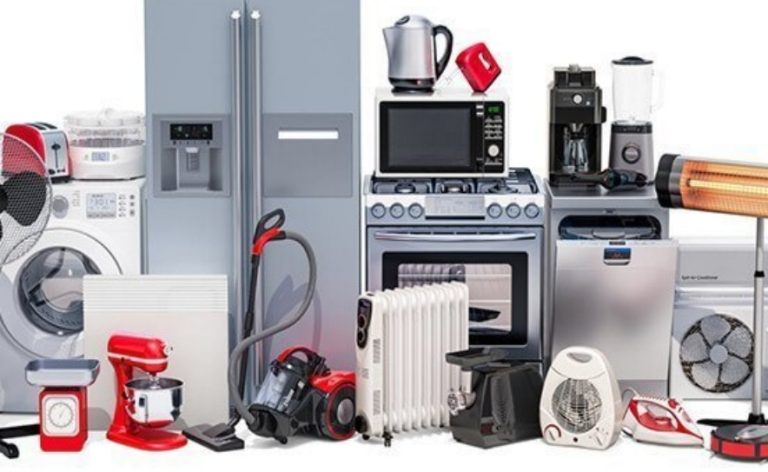
Advantages of CNC Machining in Electronics
CNC machining offers several advantages for electronics manufacturers, including:
Precision: CNC machines are highly accurate and can achieve extremely tight tolerances, which is essential for creating complex electronic components that need to fit together precisely.
Consistency: CNC machines can produce identical parts over and over again, ensuring consistent quality and performance of the finished product.
Speed: CNC machining can produce parts much faster than manual methods, reducing lead times and increasing overall efficiency.
Flexibility: CNC machines can work with a wide range of materials, including metals, plastics, and composites, allowing electronics manufacturers to create a variety of components for different applications.
Design freedom: CNC machines can produce complex shapes and geometries that are difficult or impossible to achieve with traditional manufacturing methods, allowing for greater design freedom and innovation in electronic products.
Overall, CNC machining is a highly precise, consistent, and efficient manufacturing process that can help electronics manufacturers produce high-quality components quickly and cost-effectively.
Sheet Metal Fabrication in Electronics
Sheet metal fabrication is a crucial part of electronics manufacturing, as it allows for the creation of precise and custom enclosures, brackets, and components for electronic devices. Sheet metal parts can provide protection from external elements and can also contribute to the aesthetic design of the final product. The process involves cutting, bending, and shaping thin sheets of metal into the desired form. The sheet metal can be made from various materials such as aluminum, stainless steel, and copper, depending on the specific application and requirements.
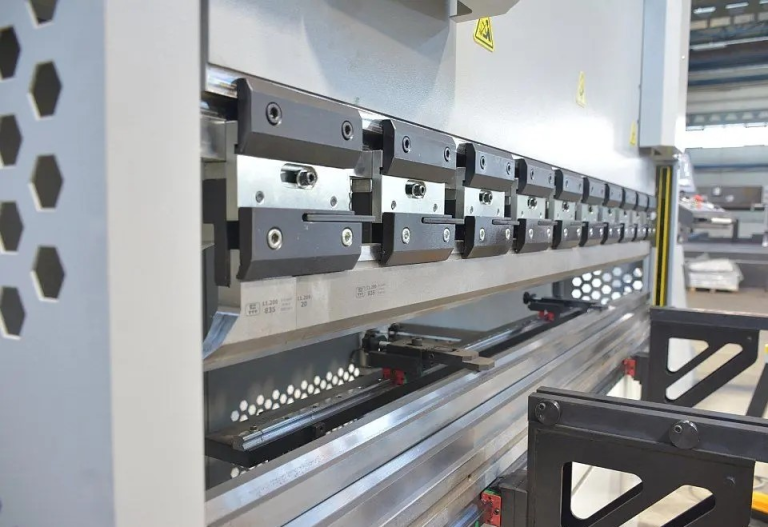
Advantages of Sheet Metal Fabrication in Electronics
Sheet metal fabrication is a process that involves shaping, cutting, and forming flat sheets of metal into various parts and components. In the electronics industry, sheet metal fabrication is used to create parts for devices such as computers, smartphones, and other consumer electronics. Some of the advantages of sheet metal fabrication in electronics include:
Versatility: Sheet metal fabrication can be used to create a wide range of parts and components in different shapes, sizes, and materials. This versatility makes it ideal for creating custom parts for electronic devices that have unique specifications.
Precision: Sheet metal fabrication can achieve very tight tolerances and high levels of precision, ensuring that parts and components fit together perfectly. This precision is important in the electronics industry, where even small deviations can cause problems.
Cost-effectiveness: Sheet metal fabrication is a cost-effective process, especially for high-volume production runs. It can produce parts quickly and efficiently, reducing manufacturing time and costs.
Durability: Sheet metal parts and components are strong and durable, able to withstand harsh environments and constant use. This makes them ideal for use in electronic devices that need to be robust and long-lasting.
Customization: Sheet metal fabrication allows for a high degree of customization, including the ability to add logos, designs, and other features to parts and components. This customization can enhance the aesthetics of electronic devices, making them more appealing to consumers.
Overall, sheet metal fabrication is a valuable process in the electronics industry, offering a range of benefits that can improve the quality, efficiency, and cost-effectiveness of electronic device manufacturing.
Injection Molding in Electronics
Injection molding is a widely used process in the electronics industry for creating various components such as housing and enclosures for electronic devices. It is a cost-effective method for producing large quantities of small to medium-sized plastic parts with high precision and consistency. The process involves melting plastic pellets and injecting them into a mold cavity, which is then cooled and opened to release the finished part. Injection molding allows for complex shapes and designs to be produced with minimal waste material.
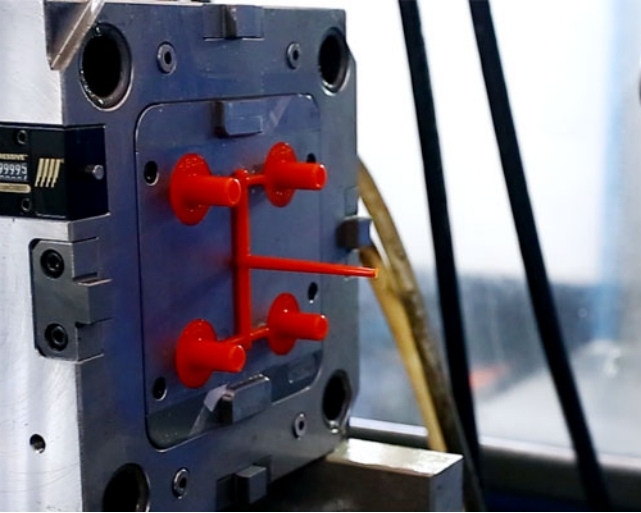
Advantages of Injection Molding in Electronics
Injection molding has several advantages in electronics manufacturing, including:
High Production Speed: Injection molding is a fast and efficient manufacturing process that can produce a large volume of parts in a short period. This is particularly important for the electronics industry, where large quantities of identical parts are often needed.
Consistency and Accuracy: Injection molding allows for precise control over the dimensions and tolerances of each part, ensuring consistency and accuracy from one part to the next. This is especially important for electronic components, where even small variations in size or shape can cause significant performance issues.
Material Versatility: Injection molding can be used with a wide range of materials, including plastics, metals, and ceramics. This versatility allows for the production of a wide range of electronic components, from small plastic enclosures to metal connectors and housings.
Cost-Effective: Injection molding is a cost-effective manufacturing process, especially for high-volume production runs. The use of automated machinery and the ability to produce large numbers of identical parts in a single cycle reduces labor costs and material waste, resulting in lower per-part costs.
Design Flexibility: Injection molding allows for a high degree of design flexibility, enabling the creation of complex shapes, thin walls, and intricate details that may not be possible with other manufacturing processes. This flexibility can be especially beneficial in the electronics industry, where miniaturization and compact designs are often required.
Our Manufacturing Services
Naxtry’s factory offers a one-stop solution for CNC machining, sheet metal fabrication, and injection molding services, providing high-quality products to various industries.
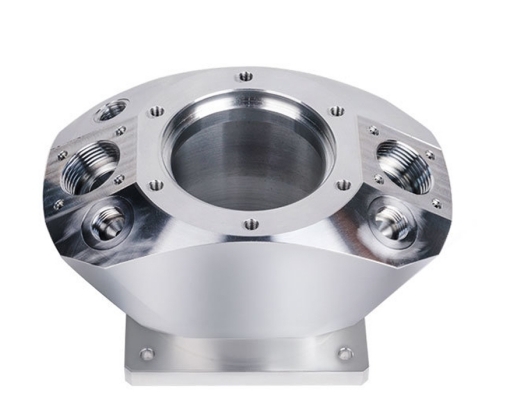
Sheet Metal Fabrication
